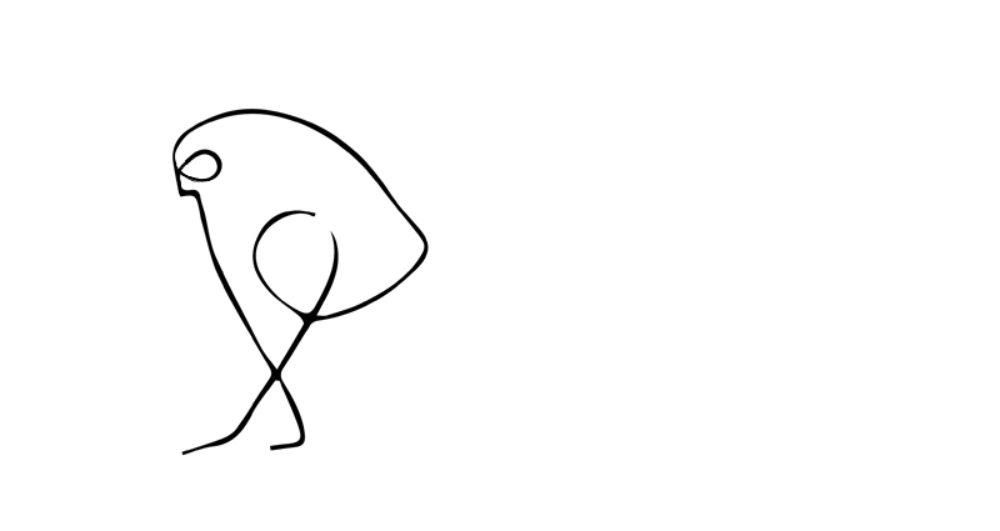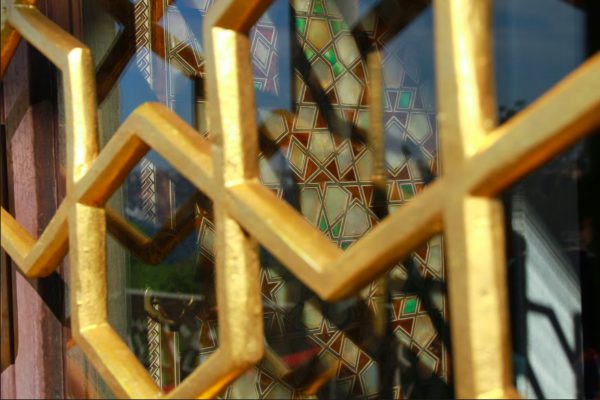
In the middle of the year, in parallel to our mid-year review process at Incandescent, I shared a letter with our team reflecting on my own priorities for professional development. Particularly since I spend so much time talking with colleagues and clients on the areas in which they’re seeking to develop, it feels valuable to share my current thinking about where I most need to develop in a more public way.
The prospect of soon becoming a father underscores more deeply something that would be important from a business perspective alone, which is that I’m accomplishing too much through brute force of focus on things in front of me. This is particularly true from a client perspective, where the ratio of time that I spend working on written products that are “one step ahead of where we are now” to time that I spend constructing the broader journey and relationships has been out of balance. Of course there are times where it is just right to focus entirely in the moment – to let the client drive the agenda – and to have the economy of effort that comes from doing the entirety of one’s work right there, where the work needs to happen. But that should be a choice, a very conscious one.
My priority for my development could be sketched as “three lines to a bird.” By this I meant that while a moderately good artist might take hundreds of lines to convey a bird, an artist like Picasso could get to the essence of a bird in three lines – and all the more beautifully for being spare. Especially looking ahead to a period of my life when I’ll have less time, less energy and less ability to control how much energy and focus I have to dedicate to my work, getting closer to three lines to a bird feels essential.
What I believe this means for me is sustained focus on three areas:
- Focus more on design. More economy of effort means a higher “thinking to doing” ratio, and applying thinking where it has most leverage. Often, the greatest leverage comes from an up-front focus on design: shaping the destination and the kind of journey; structuring the inquiry; establishing the conceptual foundations; creating the processes, responsibilities, touchstones and so on that enable work to flow naturally toward the right end. This applies both to our work on the outside with clients and through ventures, and to our work on the inside building the firm.For instance, we write and then periodically revisit a document we call “visualizing the path to impact” that looks at a whole relationship with a client and sketches out what really significant impact would look like and how to shape a path to achieve that. An hour spent reflecting on that document, revising it, getting clearer on the path, thinking through whom in the firm and in my extended network might do what to advance that path, and so on would likely have much greater returns than an hour spent working on a document relating to the current phase of a current project – but I would often spend the hour in the latter way instead.
- Be more rigorously intentional about visualizing what I plan to do, doing it and learning from the differences. The natural complement to focus on design is elegance in letting the design flow into action. In some sense, I need to be better guided by myself – “Niko as doer” needs to be more of an expression of the visualization that “Niko as designer” creates.I’ve made efforts in this direction with the tools of weekly outcomes, end-of-week reviews, and tools like a client development grid. However, I’ve consistently tolerated gaps that are too large between the plan that I’d set out at the beginning of the week and the reality of what got done by the week’s close. An important cause has been a lack of vivid, granular visualization: if I’m planning X, when and where will I do that, what context needs to support that work (e.g., do I need to have an extended block of time, need a certain amount of energy?), how do I make room for contingencies if something gets in the way? Because the urgent can crowd out the important, and because it is difficult to do design work under time pressure, when tired, or when distracted by too many balls in the air, it is all the more important to have clarity about when I’ll do design work, and what physical and mental state I need to be in to do it well, so that I can ensure those conditions are in place or that I’m at least intentional about how to cope with being “off balance.”
While I can be better than I am now at these things, the gap is sufficiently large enough that it will be a long, iterative process to improve to the point I aspire to reach. For me, the gaps particularly relate to certain kinds of work that I’m less practiced in doing, such as writing which doesn’t fit into a specific business context. Speed and consistency of improvement matter greatly. This rate of improvement depends critically on learning from the gaps: seeing where I intend to approach work a certain way, and either fail to make that happen or realize that the intended approach doesn’t work the way I thought it would – and then drawing the good conclusions about the implications of these shortfalls. Because this can be hard to do without prompts, one of the tools for me to use in addressing this is “chief of staff check-ins” that we have most days, with Diana who plays that chief of staff role with me and Jen who works as my assistant. They can prompt me with the question “how did you visualize…” and then draw out what’s behind the differences between what I expected or planned and what actually happened.
- Make everything multiply. Three lines to a bird implies that each of those lines needs to achieve a great deal – to convey physicality, motion, feeling, style. Economy of effort requires that actions multiply: that a single action create a lasting chain of effects, or advance multiple objectives at once.One important example of this is using specific cases to solve for general questions. For instance, I have been working with Acumen founder & CEO Jacqueline Novogratz on developing the Acumen Way, a document that articulates the specific principles and practices that bring Acumen’s ethos to life in their day-to-day work. In the context of that effort, I spent time thinking through the different roles of sponsor (the person who starts out with an objective and delegates it) and owner (the person who receives that objective and shapes a path to achieve it) and writing down how those two roles can best be handled. The work has since influenced how I’ve approached dozens of situations in my own work and how I’ve helped a range of clients address issues they are encountering. The few hours that I spent in a neighborhood café writing down those thoughts were among the highest-impact few hours I’ve spent since launching the firm.
A parallel multiplier effect applies to relationships. If clients’ interests are relevant to each other, for instance, we can play a catalyst role that provides great value and enables us to advance the interests of multiple clients at once. If we’re collaborating on ideas with people we can learn from, these collaborations will naturally extend into what we do to serve clients or build ventures. The more I know these relationship multipliers are within reach, the more improvisational and fluid I can be about choosing where to spend my time, knowing there are many ways to connect back whatever serendipity I encounter to the outcomes that we need to achieve.
Similar thinking about multipliers can apply to people development. For example, designing work that builds relationships and capabilities to position a team member to be able to achieve more, or take more share of responsibility from me, is design time well spent. In essence, development of tools and methods; creation of reference cases that establish a shared foundation for members of the firm to be able to see and navigate recurring situations; and turning insights from our work into communications that engage people in our network are all examples of making everything multiply.
There are potentially many implications from these three priorities with several specific action steps to focus on. Here are a few more examples of what I plan to do:
- Build a short reflection on these three themes into the end-of-week review design I use with Diana and Jen
- Use the “connection to R & D agenda” section of each client’s “path to impact” document as a way to make sure that we’re thinking hard about how to make our work with each client connect to a broader intellectual agenda
- Leverage the launch of the On Human Enterprise blog to deliberately practice moving through the cycle of using the inputs of our work and what’s happening in the world to target pieces to write, and using the feedback and engagement of people within our network to further improve the applicability of ideas
- Develop a handful of rituals, building on the sports psychology literature, to strengthen habits and quality of focus on specific “modes” I regularly need to go into (e.g., switching from a transactional mode into a deeper design focus)
- Regularize a meditation discipline, and learn whether this discipline can help me see and manage my energy and focus better



